Finding the right charger for your Android phone can feel surprisingly complicated. You face a dizzying array of numbers, acronyms, and promises of blazing-fast speeds, all while worrying about your device’s safety. The charger that came with your phone works perfectly, but what happens when it wears out or you need an extra one? This guide cuts through the confusion to provide clear, practical advice for your everyday life. We’ll move beyond technical jargon to explain what truly matters for keeping your Android phone powered efficiently and safely. In this article, we’ll break down the essentials of USB-C, demystify fast charging technologies, and highlight key features for making a confident purchase.
Understanding the Universal Language: USB-C and Power Delivery
Why USB-C is the Non-Negotiable Standard for Modern Androids
The oval-shaped, reversible USB-C connector has become the universal standard for modern Android devices, representing a significant improvement over older Micro-USB cables. You no longer need to fumble in the dark to plug your cable in correctly, as it fits perfectly either way. Beyond this convenience, the USB-C port is more durable and handles much higher power throughput, which is essential for fast charging. This robust physical connection ensures stable and efficient power transfer from the wall outlet directly to your phone’s battery. Choosing a charger with a USB-C port is the first critical step in ensuring compatibility and performance with your Android device.
How Power Delivery Enables Smarter, Faster Charging
While USB-C defines the physical connection, Power Delivery (PD) is the intelligent communication system that makes modern fast charging safe and efficient. Think of PD as a smart negotiation between your phone and charger, where they agree on the optimal power delivery at any moment. When you plug in your phone, the PD chip communicates with your device to determine its maximum power acceptance and current battery level. This allows higher wattage for rapid charging when your battery is low, then intelligently scales back to a gentler trickle charge as it nears full capacity. This dynamic management minimizes heat buildup and electrical stress, protecting your battery’s long-term health while delivering the fastest possible charge.
How to Decipher Your Android Phone’s Charging Needs
Understanding your phone’s specific requirements helps you choose the perfect charger without overspending. Check your phone’s maximum supported charging wattage in the technical specifications or on the manufacturer’s website. Most modern Android phones support 18W to 30W, while premium models handle 45W or higher. Consider your daily routine – if you need quick top-ups during your morning routine or before leaving work, a charger matching your phone’s maximum speed is essential. For overnight charging, a moderately powerful charger works perfectly, filling your battery while you sleep with minimal heat generation.
A Buyer’s Guide: Key Features to Look For
Prioritize Certified Chargers for Safety
Always choose certified chargers with high-quality components, as cheap alternatives lack essential safety circuits to protect against power surges and overheating. Certified chargers undergo rigorous testing to meet international safety standards, protecting your investment with stable power output that preserves battery health. This choice isn’t just about fast charging but safeguarding your device against electrical hazards that could cause permanent damage to your valuable smartphone.
Select the Right Wattage for Your Device
Match your charger’s wattage to your phone’s capability for optimal charging performance. Most modern Android smartphones work best with 20W-25W chargers, providing significantly faster charging than older 5W-10W plugs. Power users with premium devices supporting 45W or more will benefit from higher-wattage chargers that shave valuable minutes off charging time. Check your phone’s specifications and choose a charger that meets or slightly exceeds its maximum supported wattage for the most efficient charging experience.
Consider Practical Design Features
The physical design significantly impacts daily charger usability and convenience. Compact, lightweight chargers with folding plugs are ideal for travel and protect prongs when stored in bags. Consider how the charger sits in the wall – low-profile designs that sit flush are less likely to be knocked loose accidentally. For multiple devices, chargers with several USB ports can power your phone, smartwatch, and earbuds simultaneously from one outlet. These practical considerations ensure your charger performs well while integrating seamlessly into your daily routine.
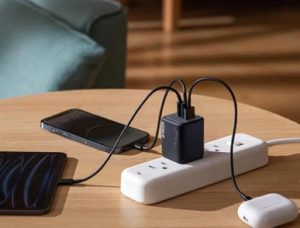
Conclusion
Choosing the best charger involves understanding USB-C and Power Delivery technology while matching wattage to your device’s needs and prioritizing safety. An informed choice ensures your phone charges quickly and safely for years. Trusted brands like Anker provide various charging cables and chargers incorporating the latest technology with strong safety emphasis, including the android quick charger, guaranteeing perfect compatibility. With the right equipment and smart charging habits, you can stay connected without compromise, making your Android experience smoother and more reliable every day.









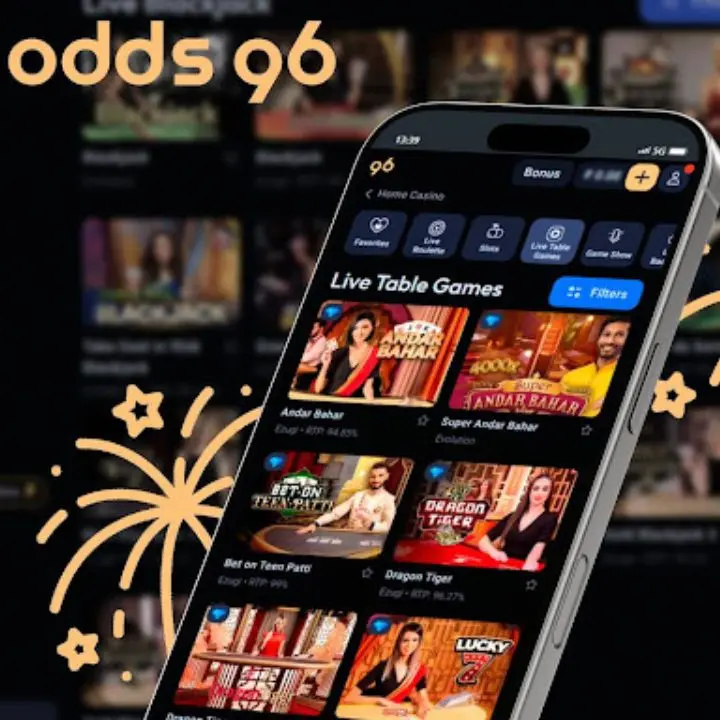












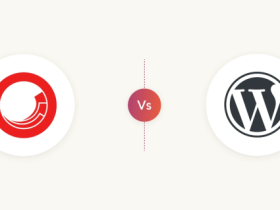

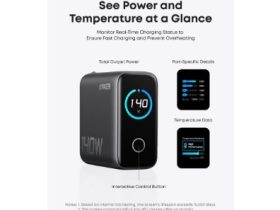





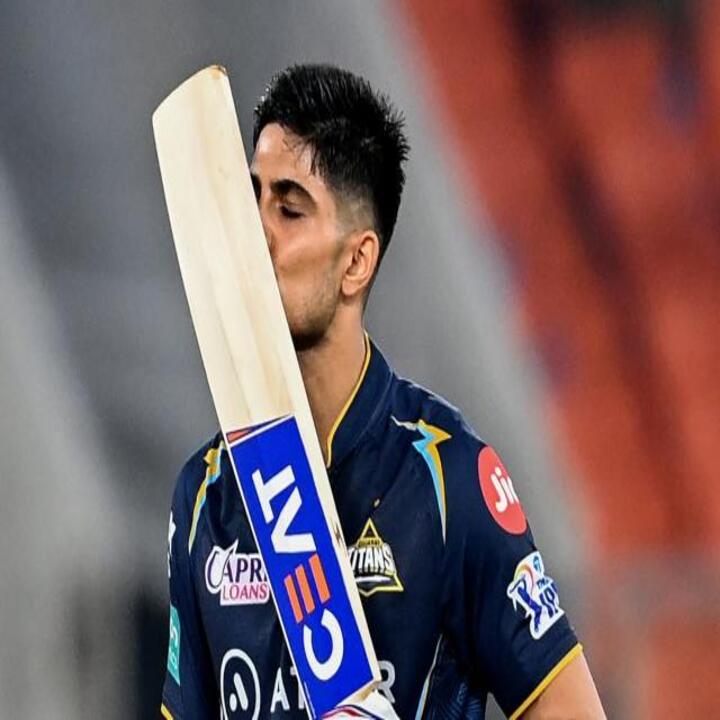



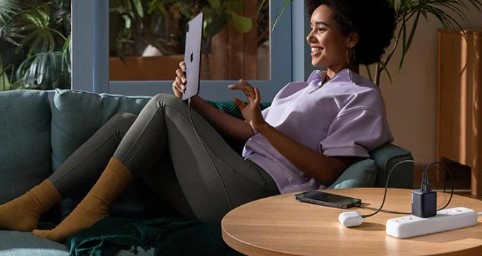



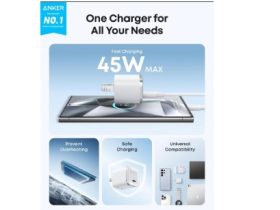



Leave a Reply